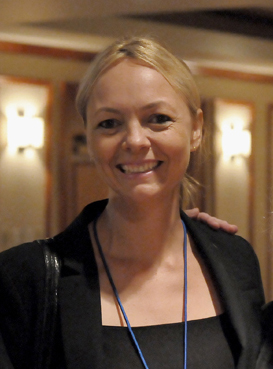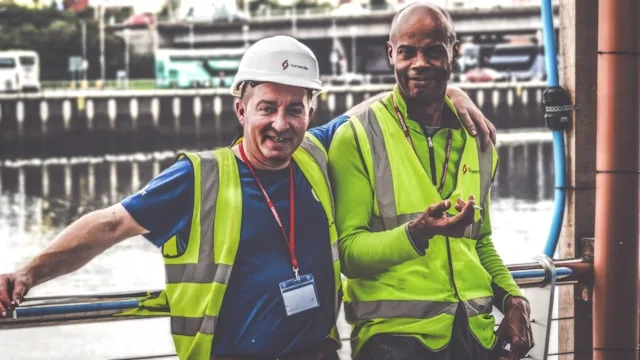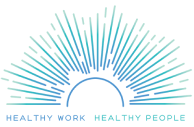By Paul Landsbergis, Donald Goldmacher & Peter Schnall
In a recent conversation, HWC team members, Paul Landsbergis, Donald Goldmacher and Peter Schnall weighed in on the complex factors – including work – that may be giving rise to falling life expectancy in the U.S.
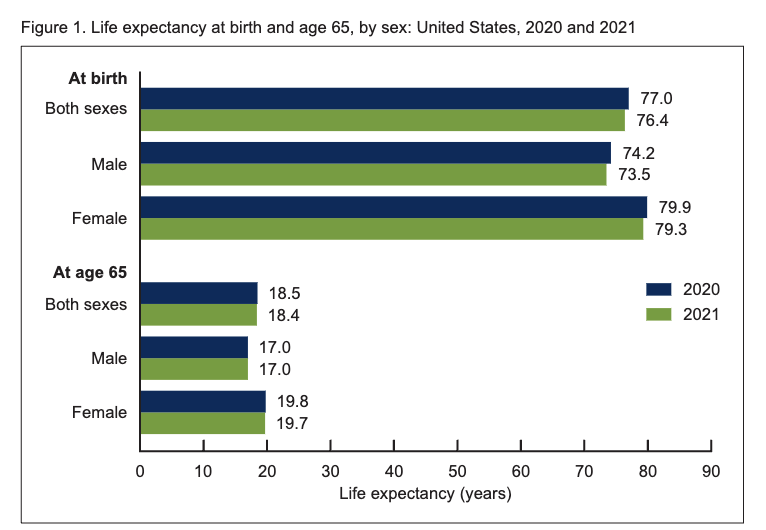
Mortality in the United States, 2021 (U.S. Centers for Disease Control)
U.S. life expectancy is declining, beginning before COVID (2014-2016), and now. Death rates from suicides, alcohol, opioids and cardiovascular disease, especially among middle aged (working) people, have been increasing. People with lower levels of education have been harder hit.*
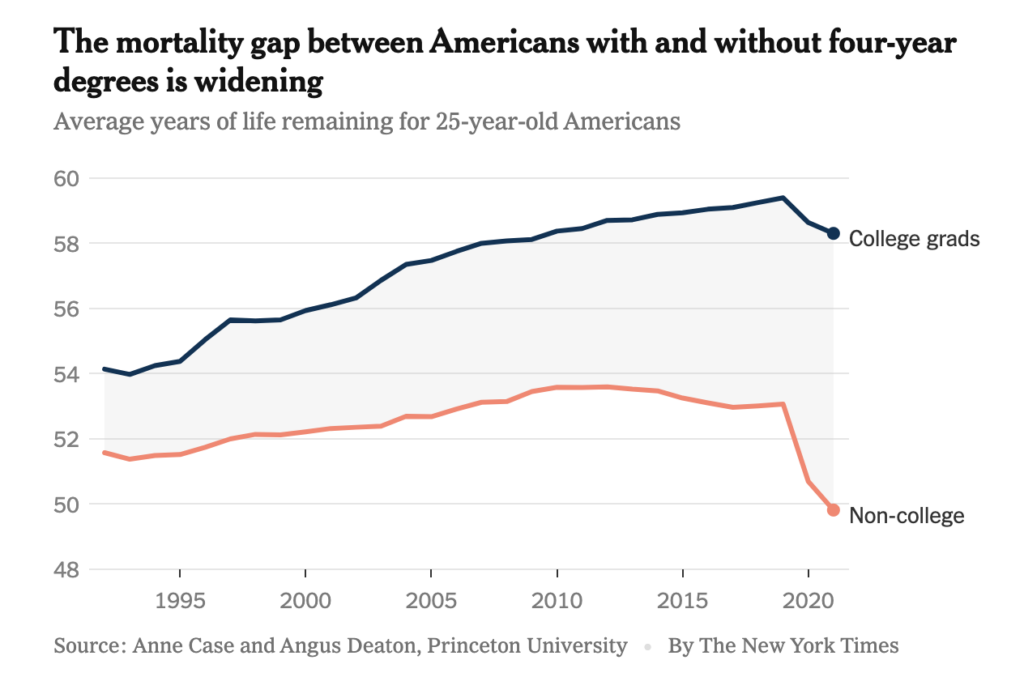
Source: NY Times op-ed (Oct. 3, 2023)*
Economists Anne Case and Angus Deaton, who first raised the alarm, give an important and provocative interview here with Chris Hayes (57 min, 28 sec). Also, here is their new paper on differences in the death rate by education.
Case and Deaton point out (as have others) that Western Europe has faced many of the same challenges as the US – economic globalization, deindustrialization, automation, COVID. But, Europeans’ life expectancy was not declining before COVID and is now increasing again after COVID.
What is wrong with the U.S.? The interview touches on various factors which need a lot more public discussion – the weakening of unions, the loss of well-paying jobs, free trade deals, a weak “safety net”, weak regulations, increasing income gaps between richer and poorer, the for-profit health care industry, corporations pushing addictive drugs.
There’s not enough in the interview on the impact of employment conditions (Employment Quality, precarious work) or working conditions (stressful job characteristics or having to work in pain). Very little about how working conditions lead to heart disease. Lack of understanding of important causes of increasing pain (such as musculoskeletal disorders, injuries, or workers comp prescription policies). Not enough about public health and labor solutions. Deaton argues for economic solutions, such as job creation (President Biden’s industrial policy in the Inflation Reduction Act), single payer healthcare, and a value added tax (which funds the European social safety net). But many more public health, employment and labor solutions need to be part of the debate.
A recent report from Oxfam points out that the US is far behind similar wealthy countries in laws that support working people. Out of 38 countries, the U.S. ranks #36 in wage policies, #38 in worker protections, and #32 in rights to organize. Strengthening such laws would be an important step towards improving Americans’ working conditions and health. Check out these important proposals for laws and policies from Oxfam. More on solutions in our next blog!
The decline in life expectancy may have more to do with the deindustrialization of this country and the resulting downward economic spiral of the working class, with a simultaneous increase in the wealth of the top 1%. We can talk about those dynamics in macro terms, but what is really happening to cause the decline in life expectancy is the psychosocial impact of job loss.
The two best books that elaborate on this phenomenon were actually written in the 1970s. The first book is titled, Worlds of Pain: Life in the working-class family, written by Lillian Rubin. The second book is titled, Mental Illness and the Economy, written by Harvey Brenner, an economist at Johns Hopkins. This book was the first book that revealed that following an economic downturn in the United States, the rates of state hospitalization went through the roof, beginning about six months after the economic crash. In other words, when you lose your job, you lose everything in your life.
So it’s to some degree about what’s happening on the job in terms of working conditions, but more importantly it’s the hollowing out of good-paying jobs for working-class people and its psychosocial impact upon them and their families and their communities and cities. It’s why you see White rural America enraged, because they no longer matter in the American economy, and are just being left behind.
I would argue that the environmental issues and those of the workplace are two sides of the same coin. Capital exploits both the environment and workers with little concern for the health of either. Thus the solution to one is often the solution to the other.
Much of the growth of modern post-industrial society has been based on the availability of inexpensive environmental resources which have been extracted from the earth to provide the energy and materials to make goods which are subsidized by these cheap resources. In a complementary way businesses have learned how to increase the productivity of workers (and increase profitability) using new technology and organizational techniques. To increase worker productivity, businesses have altered organizations and work practices so as to extract more from each worker at the lowest possible cost. In many parts of the world, especially in the U.S., increased productivity has required more intensive labor and longer hours. Evidence is accumulating that workers are being worn down by this process, experiencing increasing stress and consequent negative health outcomes.
New diseases have emerged in modern society both in response to and in order to cope with the increasing stress of modern society. These include common mental health disorders resulting, indirectly, from compensatory drug use (for example, alcohol, nicotine, narcotics), eating disorders (obesity and diabetes), and directly due to stress-related disorders, such as obesity and high blood pressure. In turn, these risk factors contribute directly to the development of cardiovascular disease (CVD), the consequence of wear and tear to the arteries and which is the world’s #1 killer.
Thus, environmental issues and the declining health of workers are two sides of the same coin. Both the environment and workers have been treated as expendable resources with little thought to their well-being or sustainability. It now appears that human society is approaching the limit(s) of environmental and human exploitation.
I agree with Peter about the “twindemics” of climate change (with the needed green and “just” transition) and neoliberalism’s effects on working conditions (which need major reforms) as two of the largest challenges facing us.
*This article was updated on October 4th, 2023 to incorporate Case & Deaton’s NY Times opinion editorial, published October 3rd: “Without a College Degree, Life in America Is Staggeringly Shorter.”


